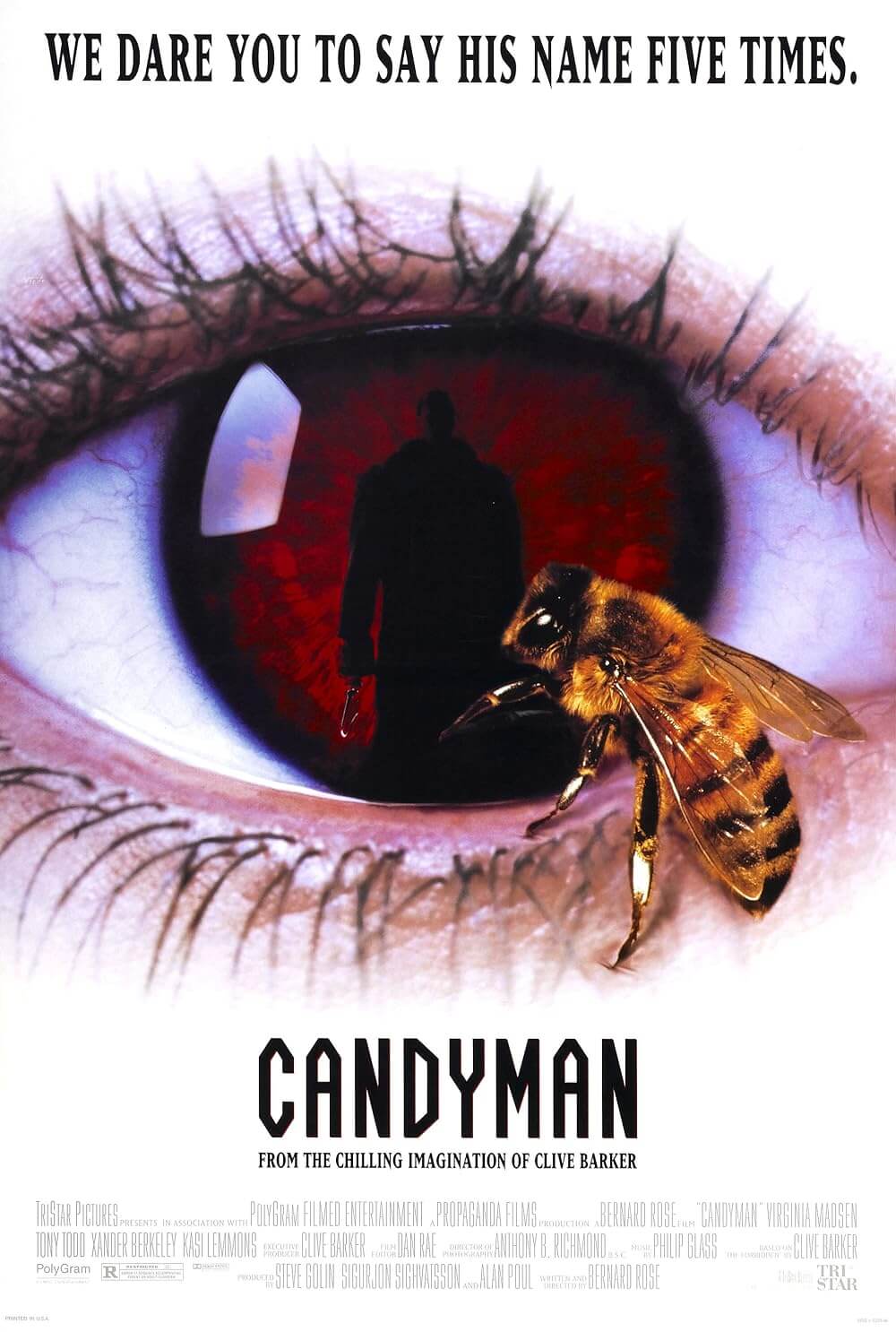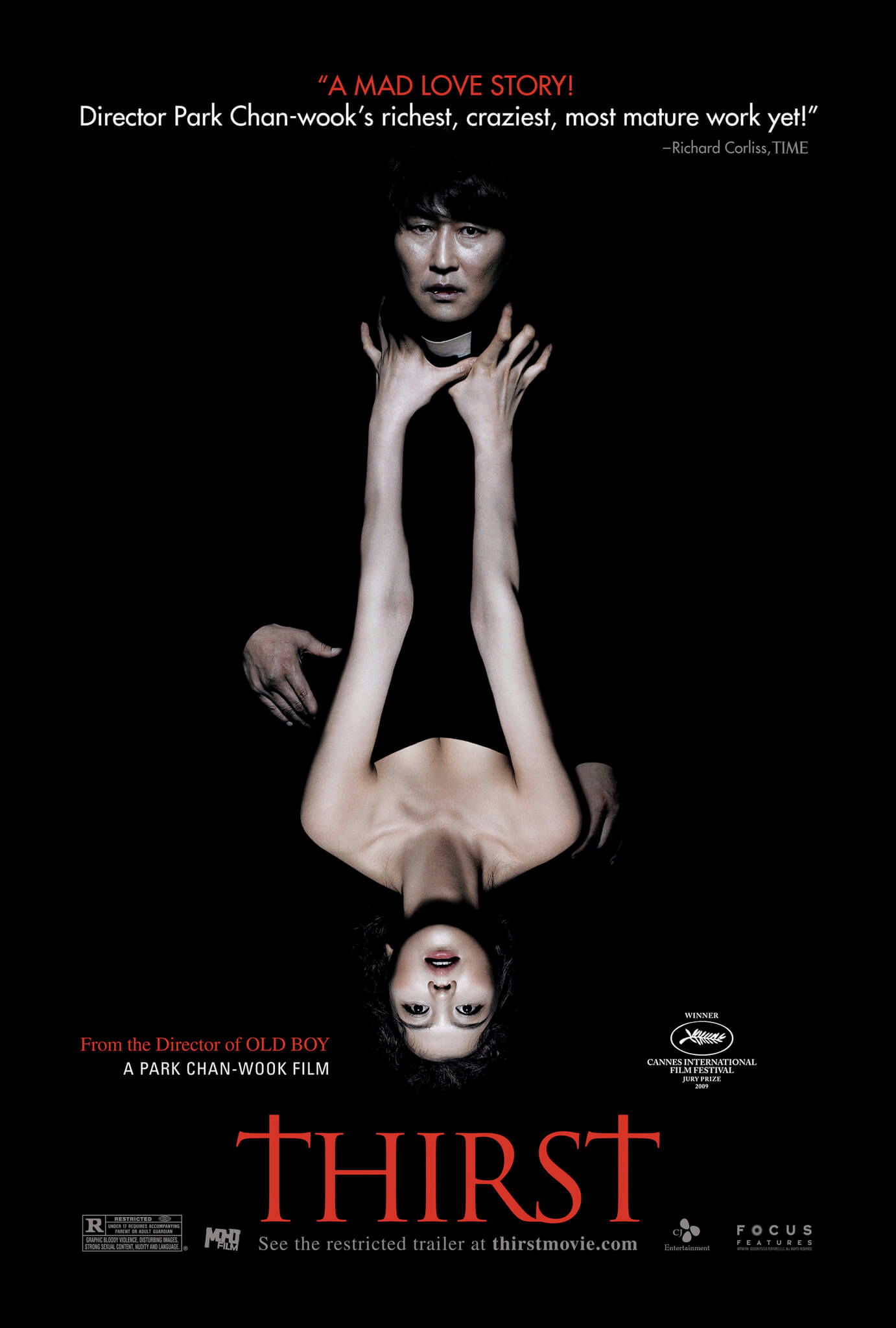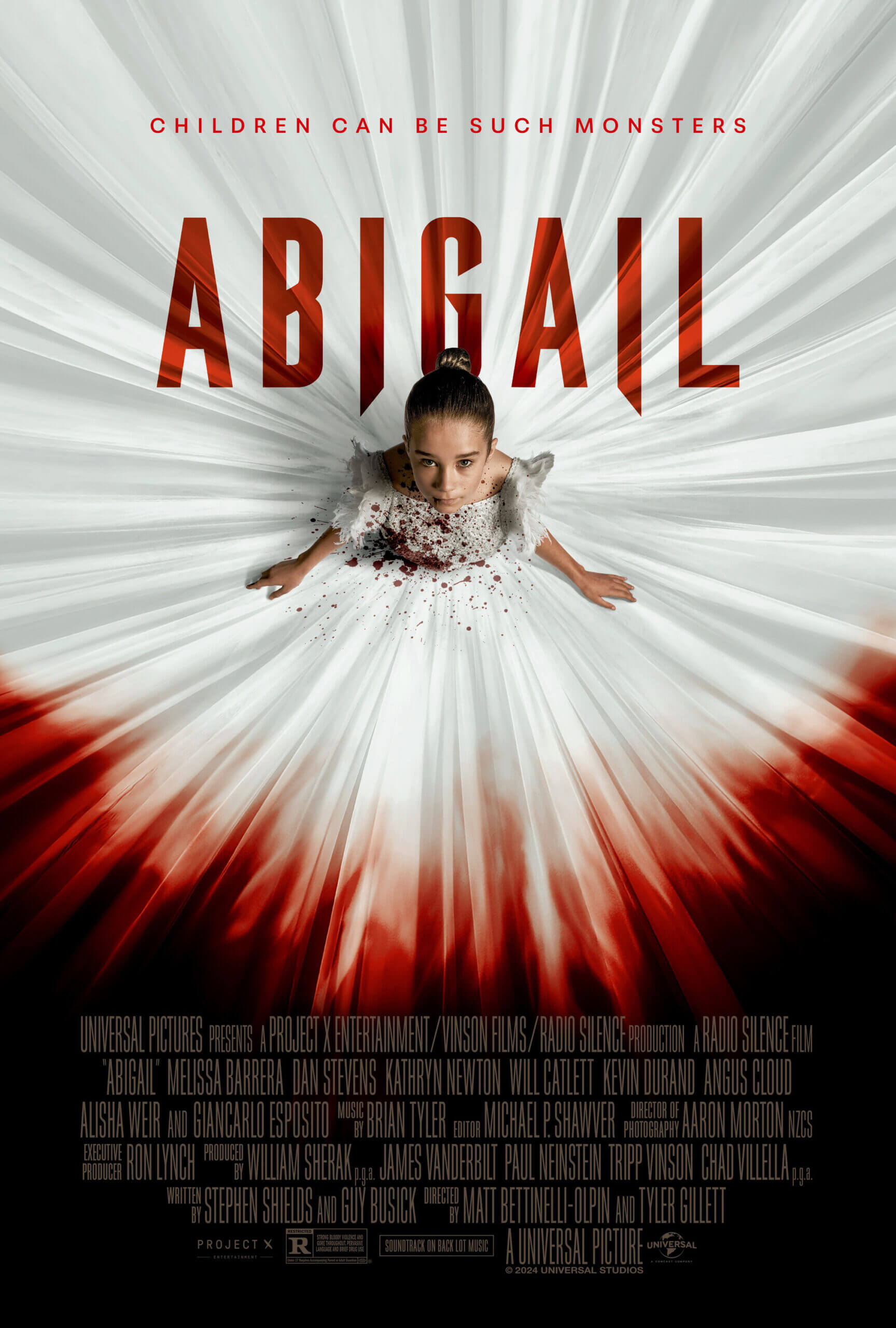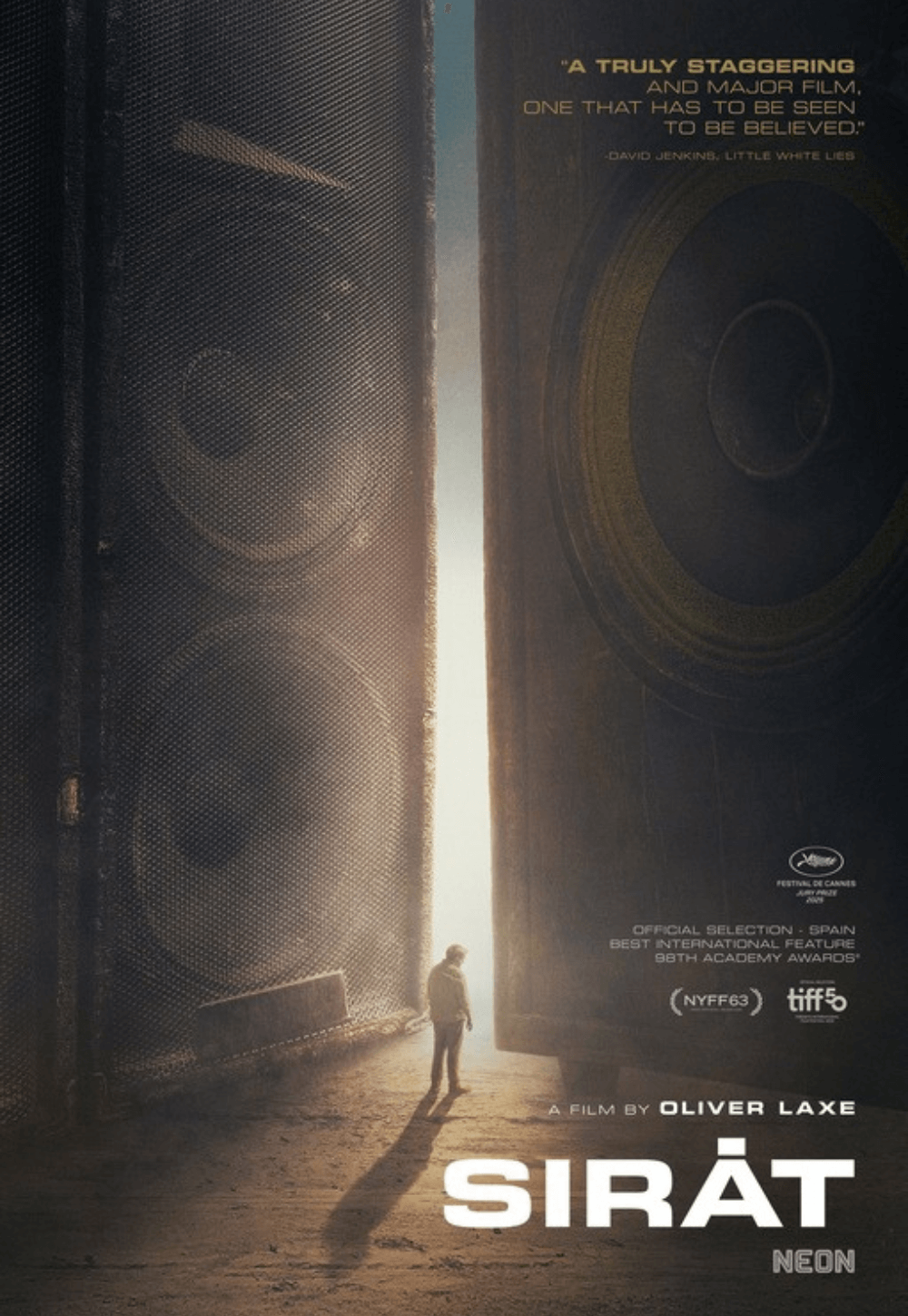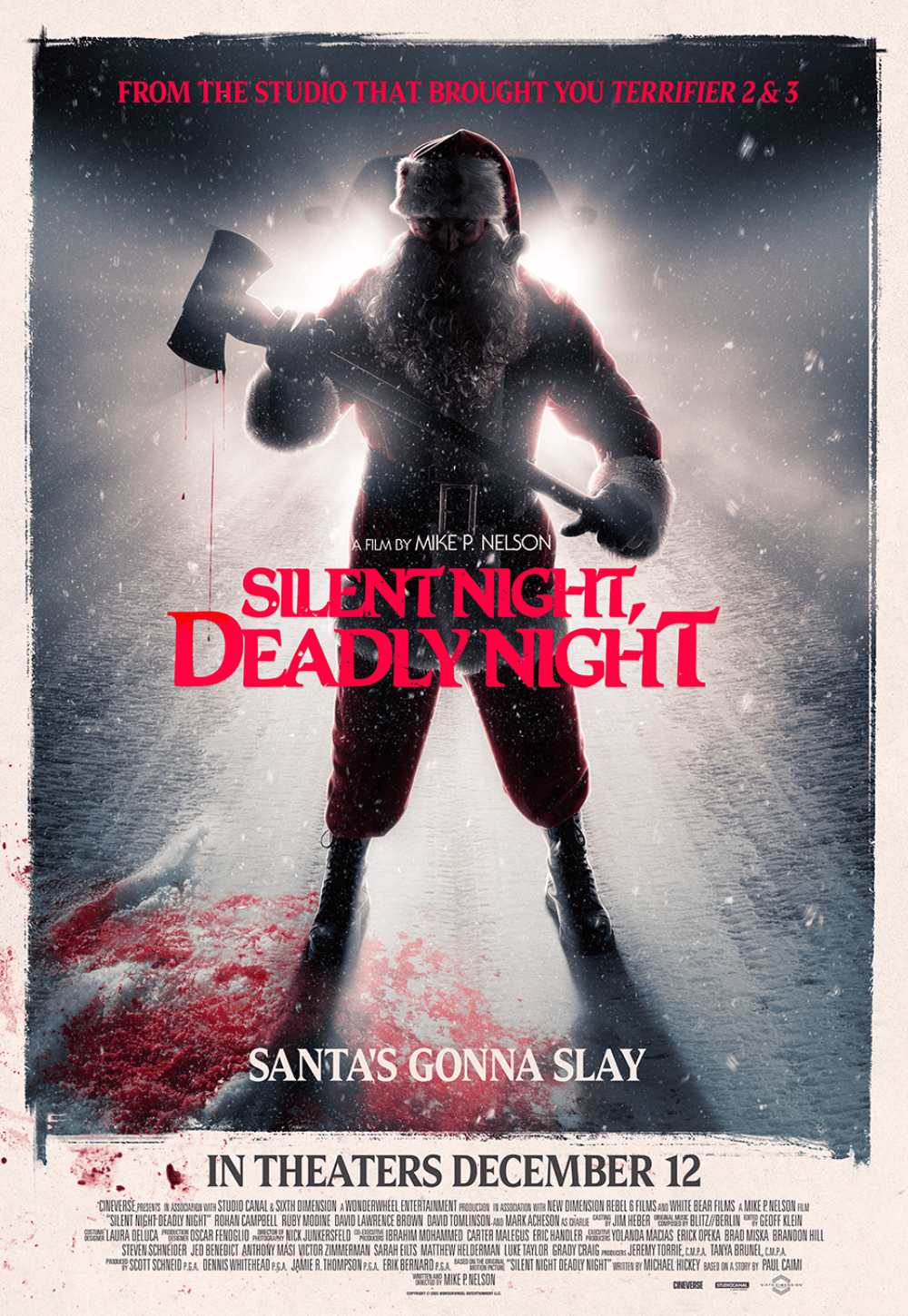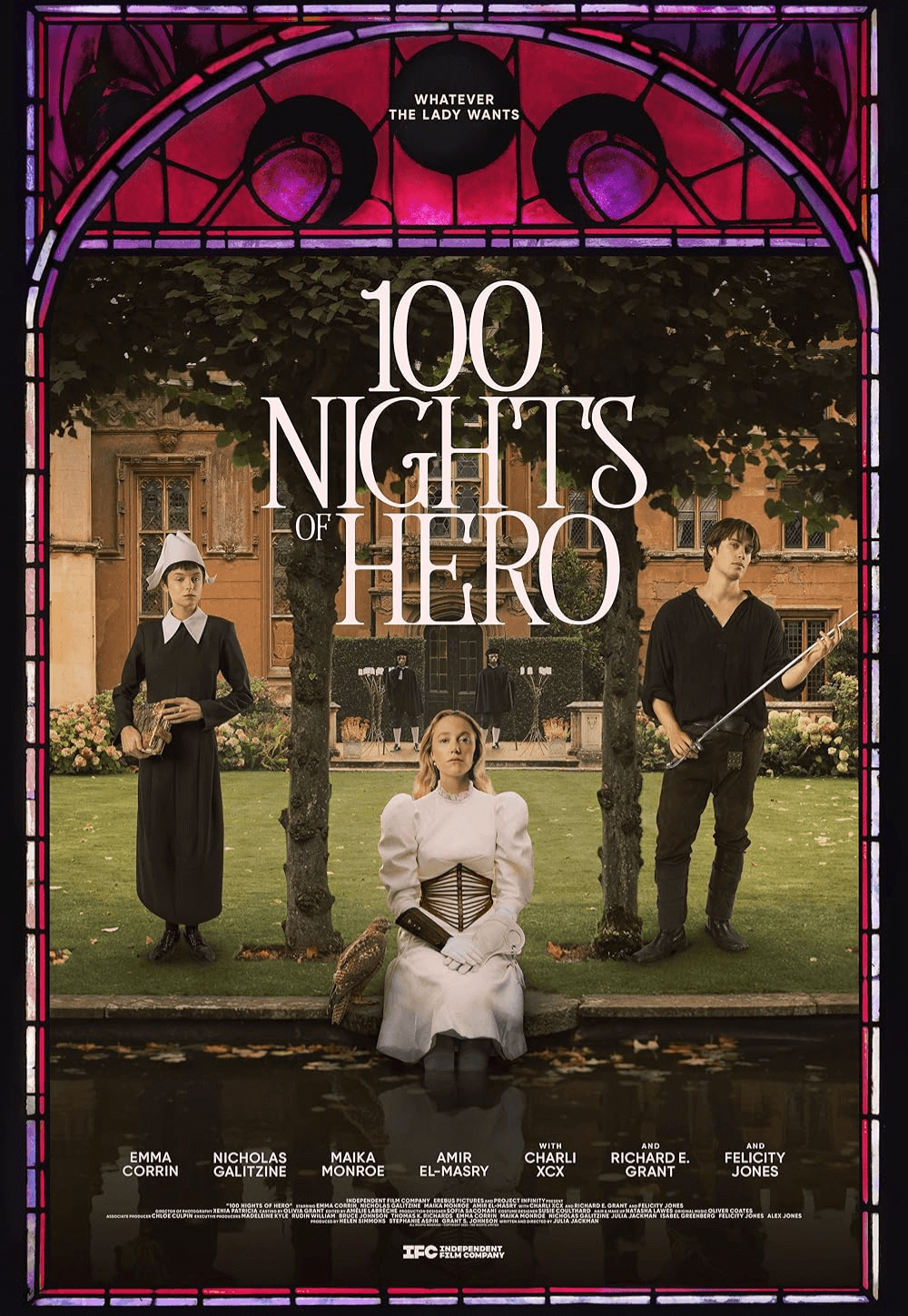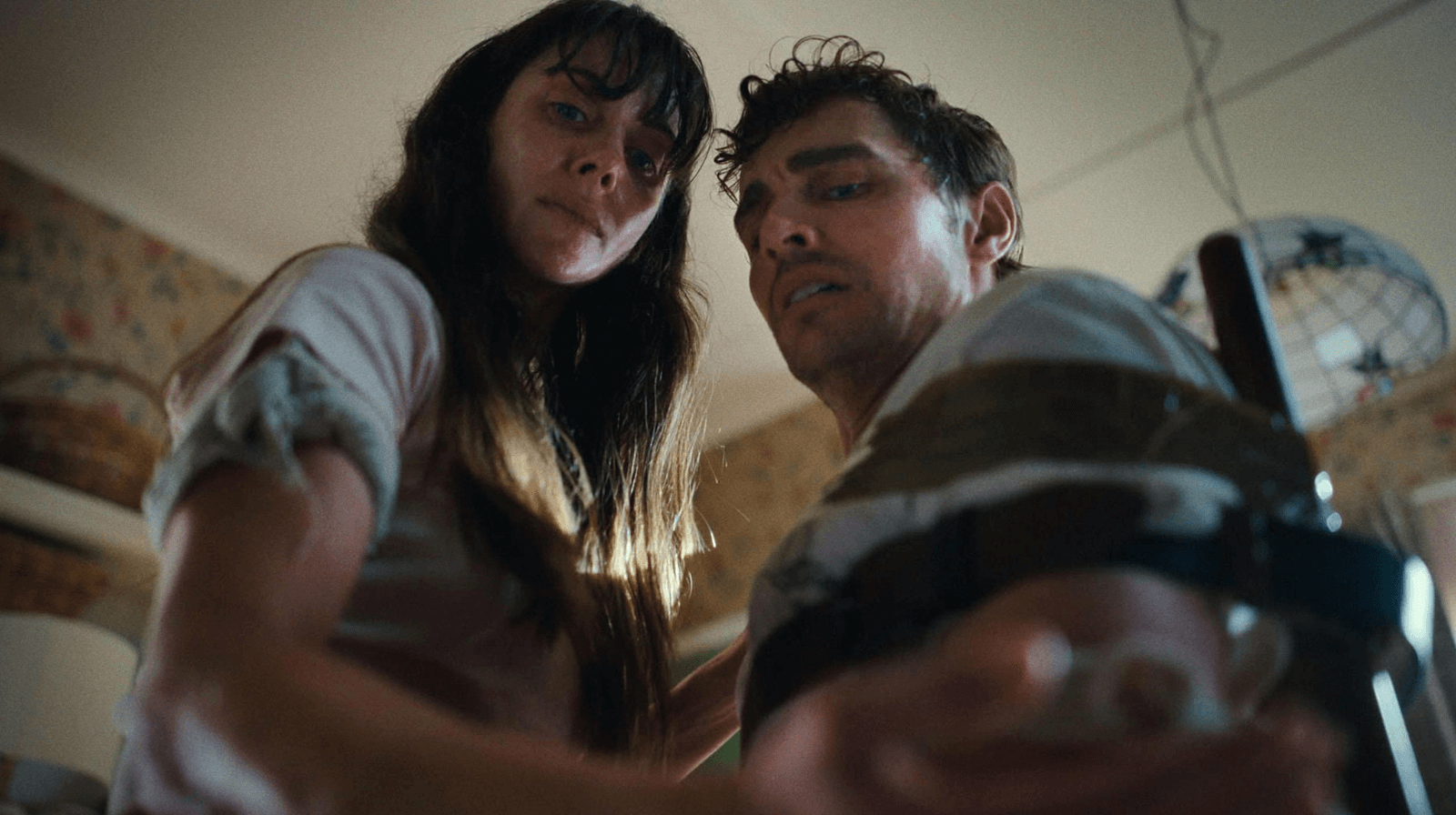
Together
By Brian Eggert |
After seeing Together, the “you complete me” scene from Jerry Maguire (1996) may never play the same way again. The debut feature of Australian writer-director Michael Shanks delves into the seedy, squirmy subgenre of body horror to explore codependency in modern relationships. Headlined by spouses Alison Brie and Dave Franco, the story follows Tim and Millie, who have been partners for ten years and have come to an impasse. She’s a schoolteacher with an impressive résumé and a promising new opportunity in the country. He’s a flailing, anxiety-ridden city boy and wannabe rock star who hasn’t been the same since the recent shock of his father’s death. Should they marry and make their relationship official? Should they separate to work on themselves? Are they holding each other back—or worse, is one holding the other back, fueling resentment? Together uses gristly, goopy imagery to explore these questions, and with Neon’s typically buzzy marketing following its acquisition at the Sundance Film Festival, it’s bound to become a hit among today’s rabid horror fans.
The prologue presents a chilling scene of things to come: In the Pacific Northwest (played by Victoria, Australia), a search party sweeps a dense forest for a missing couple. Two detection dogs somehow find their way into a cavern that consumed a church—where pews appear to be fused into the rocky walls, and a large bell with a curious swirl icon appears overhead near the hole. The pooches drink from a mysterious pool of water nestled in what looks like the Earth’s anus, and after emerging from the cave, the canines lock eyes, as though entranced by each other. Later that night, their owner hears them howling and yelping. He investigates and finds them merged by the face—a nightmarish image straight out of John Carpenter’s The Thing (1982). Not much comes of this scene in the context of the story. The owner doesn’t report the incident or investigate with the help of veterinarians or scientists. It’s merely a throwaway warning of what awaits Tim and Millie.
There’s a lot of that in Shanks’ screenplay, inspired by his fifteen-year marriage to his wife. Specific details lead to plot holes that, upon reflection, raise nagging questions with no satisfying answers. But for much of the movie, Shanks centers on Tim and Millie’s relationship. At their farewell party before leaving the city for Millie’s new teaching gig, she proposes to Tim in front of their friends. His initial response (“Are you joking?”) does not bode well for the future. They haven’t had sex in a while, and Tim’s mixed feelings about setting aside his already floundering music career have him questioning whether he and Millie are still in love, or if they’re merely used to each other. Is feeling comfortable in a relationship a sign of complacency or harmony? Once in their new home, Tim feels trapped, if not imprisoned, because he cannot drive and relies on Millie to take him wherever he needs to go. He also shows signs of jealousy about Millie’s (overly) chummy new coworker, Jamie (Damon Herriman).
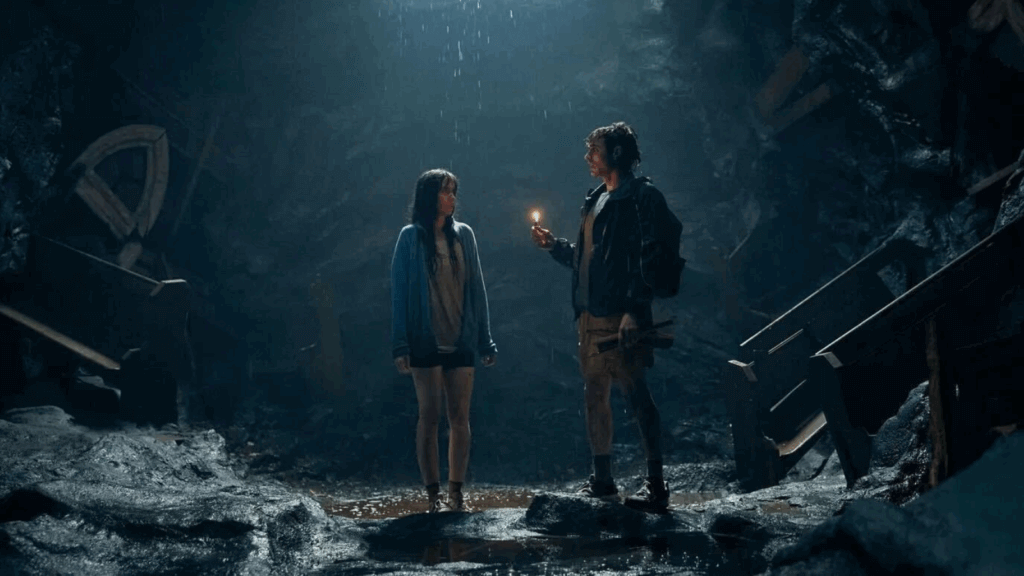
Shanks outlines the emotional stakes for Tim and Millie so that, when things get weird, supernatural, and gross, the bizarre conditions serve as a perfect metaphor for their relationship status. Inevitably, while on a hike, the couple falls into the same cave the dogs found. Afterward, they begin to feel an all-consuming force drawing them to one another. When the couple touches, there’s a feeling of relief, but they stick together and must peel apart, like a bandage with adhesive that takes a layer or two of skin when removed. This sets up a sequence when they finally have some ill-advised sex in a student restroom at Millie’s school, and they have a cringe-inducing time separating. They desperately search for answers, but their bodies are already beginning to merge in ways they cannot comprehend. Shanks understands what the audience wants from this kind of movie, and he alternates between a shrewd portrait of a couple and a series of nasty setups and payoffs. Early on, Tim unpacks a reciprocating saw—prompting Millie to joke, “This is worrying”—and the movie returns to the saw later for a twisted scene.
Together has antecedents ranging from the thoughtful body horror of David Cronenberg’s The Fly (1986), which also starred a real-life couple, to the melty delights of Brian Yuzna’s Society (1989). Shanks belongs to a recent influx of horror filmmakers who grew up admiring the work of genre legends such as Carpenter and Cronenberg. However, for each one who becomes a fully formed and original artist—see the films of Julia Ducournau (Raw, 2016; Titane, 2021)—there are several others more concerned with paying homage through derivative storytelling and imagery than crafting something original. Coralie Fargeat’s The Substance from last year comes to mind. And like many of Shanks’ contemporaries, he cannot resist alluding to the films that inspired him. However, he’s also having more fun than most contemporary horror directors, dabbling in a strain of grotesque, over-the-top schlock. Another trip to the cave gives us a mangled look at what happened to that missing couple from the opening, realized with splendid monster makeup and a prosthetic body suit. Less impressive and more detrimental to the movie’s overall effect is a disappointingly CGI-heavy, bone-crunching finale, where a digital transformation doesn’t quite have the same impact as the slimy practical effects shown earlier.
Shanks’ writing isn’t as tightly structured as that of the filmmakers who inspired him. I found myself asking questions, particularly about the final sequence, which seems more interested in delivering a memorable image than in plausible behaviors. Nevertheless, while Shanks’ style and tone sometimes recall a work of so-called elevated horror, his sense of humor throughout suggests he wants to shake off the self-seriousness and embrace the comic, splatterfest edge of Peter Jackson’s Dead Alive (aka Braindead, 1992) or Philip Brophy’s Body Melt (1994), and their heightened tone. Given its remarks about codependent relationships through amusingly gooey mutations—with an excellent, likable Brie and Franco reacting with natural humor and shock to the fucked-up situation—Together sees Shanks find a balance between a gorefest and drama. But his story might’ve benefited from some finer tuning. Regardless, it’s a worthwhile late-night movie and a promising feature debut for its filmmaker.
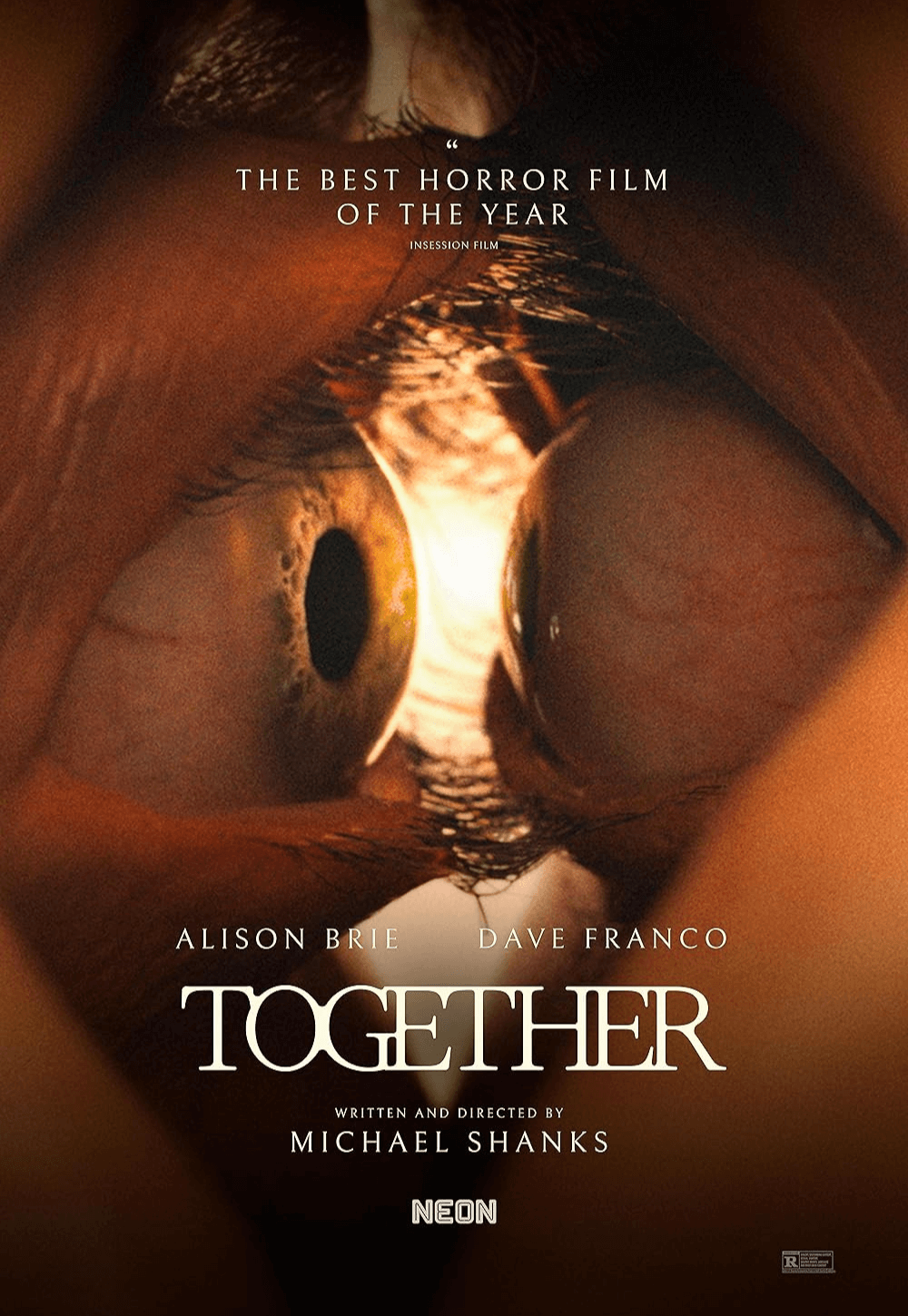
Thank You for Supporting Independent Film Criticism
Thank you for visiting Deep Focus Review. If the work on DFR has added something meaningful to your movie watching—whether it’s context, insight, or an introduction to a new movie—please consider supporting it. Your contribution helps keep this site running independently.
There are many ways to help: a one-time donation, joining DFR’s Patreon for access to exclusive writing, or showing your support in other ways. However you choose to support the site, please know that it’s appreciated.
Thank you for reading, and for making this work possible.
Brian Eggert | Critic, Founder
Deep Focus Review


